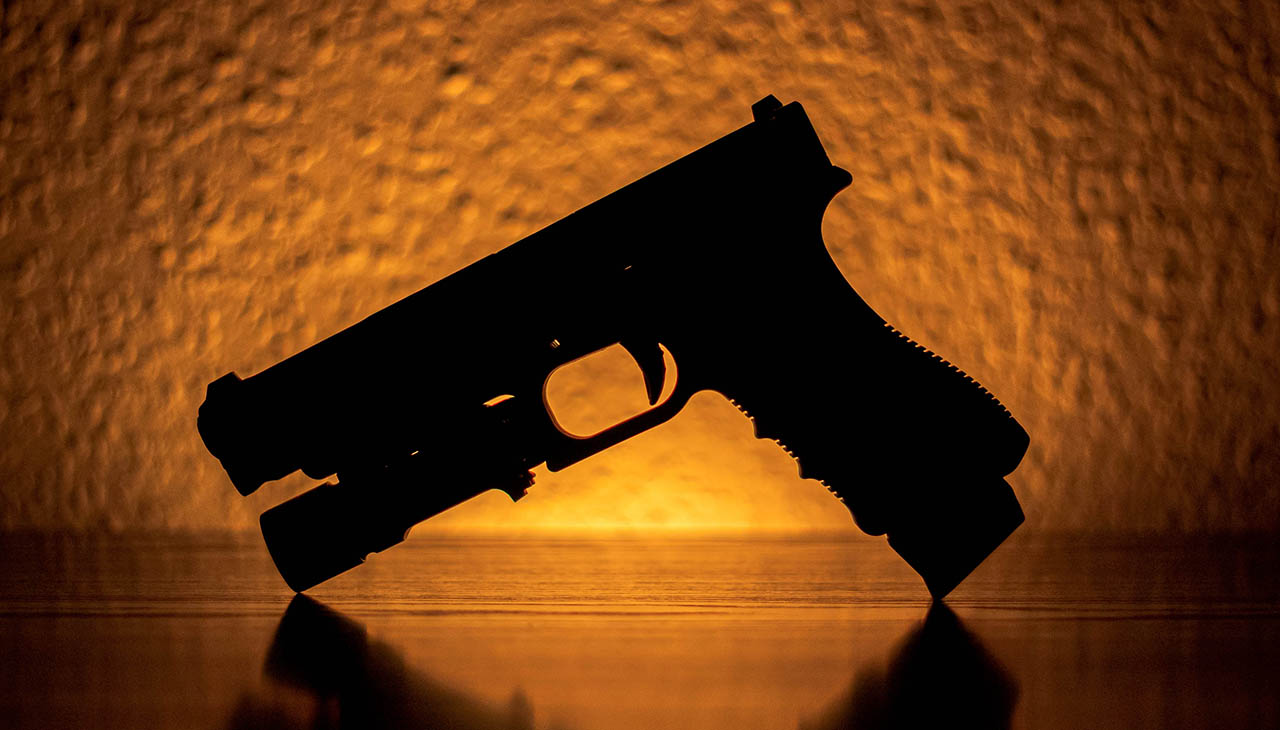Pawnshop Etiquette: Dos and Don’ts for Buying and Selling Guns
Navigating the world of pawnshops when it comes to buying or selling firearms can be a daunting task for many. This guide aims to provide helpful insights into the etiquette involved, ensuring a smooth and successful transaction. Knowing the dos and don’ts can not only help you secure a good deal but also ensure compliance with all legal aspects. Let’s delve into the essential etiquette points to remember when engaging in gun transactions at pawnshops.
Dos for Buying and Selling Guns at a Pawnshop
When buying and selling guns at a pawnshop, there are certain dos to keep in mind. Here are some tips:
- Research and know the gun’s value: Before entering a pawnshop, it’s important to research and understand the value of the firearm you want to buy or sell. Check online forums, gun pricing guides, and auction sites to get an idea of the market value.
- Inspect the firearm thoroughly: When buying a gun from a pawnshop, inspect it carefully for any damage, wear, or missing parts. If allowed by the pawnshop, test the functionality of the firearm to ensure it is in working order.
- Negotiate the price: Don’t be afraid to negotiate the price when buying or selling a gun at a pawn shop. Be prepared to haggle, but always remain respectful. Offer a fair and reasonable price based on the market value you have researched.
- Bring proper identification and documentation: When buying or selling a gun at a pawnshop, make sure to bring a valid ID and any necessary permits or licenses. Additionally, be prepared to complete any required background checks or paperwork as per local laws.
It’s essential to practice good pawnshop etiquette and follow these dos for a smooth and positive experience when buying and selling guns.
Don’ts for Buying and Selling Guns at a Pawnshop
Just as there are “dos” to remember when buying and selling guns at a pawnshop, there are also certain “don’ts” to avoid. Here are some crucial pointers to keep in mind:
- Don’t neglect legalities: Never attempt to buy or sell a gun at a pawnshop without first ensuring you’re fully compliant with all local, state, and federal laws. This includes age requirements, permit needs, and background checks.
- Don’t ignore the pawnshop’s policies: Each pawnshop may have its policies regarding the buying and selling of firearms. Ensure you understand and respect these policies to avoid any potential issues or conflicts.
- Don’t forget to check the firearm’s history: When buying a gun, don’t neglect to inquire about its history. Pawnshops are typically required to report all pawned items to the police, which helps ensure that they’re not selling stolen goods. However, it’s always a good idea to double-check.
- Don’t rush the transaction: Whether you’re buying or selling, don’t rush the process. Take your time to inspect the firearm thoroughly, understand its value, and negotiate a fair price. Rushing could lead to mistakes or regrets later.
Avoiding these “don’ts” can help to ensure a successful transaction and make your pawnshop experience as smooth and trouble-free as possible.
Conclusion
In conclusion, buying or selling firearms at a pawnshop involves a distinct set of dos and don’ts. By understanding and respecting these guidelines, you can navigate the transaction with confidence and ease. Always remember to do your research, inspect the firearm thoroughly, negotiate fairly, and abide by all legal requirements. Avoid rushing the transaction, ignoring the pawnshop’s policies, or overlooking the firearm’s history. By following these tips, you can ensure that your pawnshop experience is both successful and compliant with the law.




